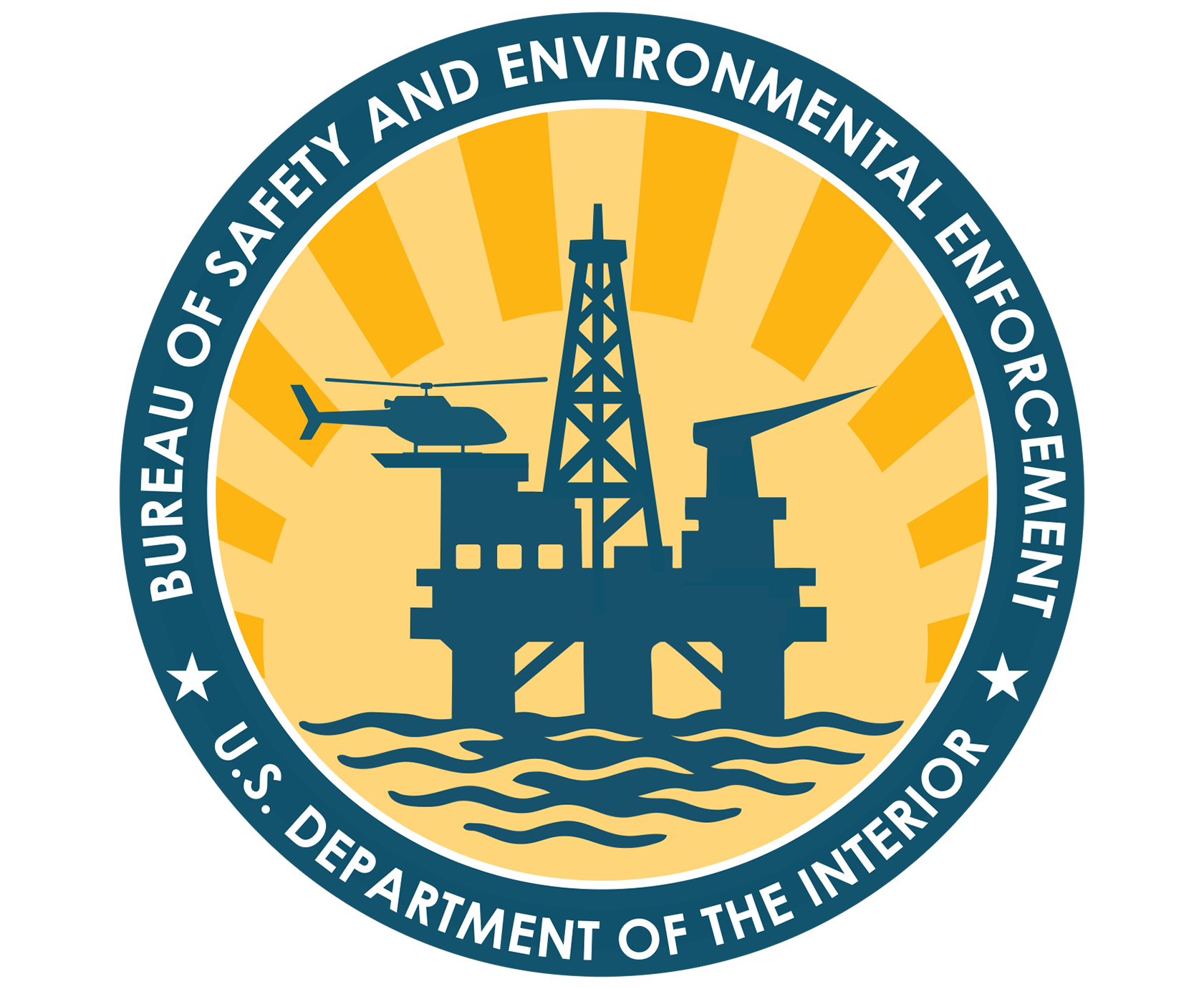This is a Joint Industry Project (JIP) between MMS, Environment Canada, Imperial Oil Resources Ltd., and the Industrial Materials Institute. This project was initiated to develop new oil slick thickness sensor technology for measurement of oil slick thickness on water. The objectives include: develop the technology of oil slick thickness sensor for the measurement of oil slick thickness on water from an airborne platform. This technology has application in several areas including: absolute measurement of dispersant effectiveness, fundamental understanding of oil slick spreading and volume estimation of oil slicks.
The redesigned LURSOT (Laser Ultrasonic Remote Sensing of Oil Thickness) system had undergone extensive modifications and rigorous laboratory inspections in preparation for planned airborne flight tests. The four sets of flights were supposed to:
(1) verify individual components of the LURSOT system,
(2) verify correct operations of the triggering mechanism,
(3) verify correct operation of the vertical compensation device, and
(4) airborne test the complete LURSOT system including airborne measurement of oil slick thickness over man made slicks.
The flights were cancelled when the principal investigator for this project suddenly resigned. No suitable replacement was located, so installation of the LURSOT into Environment Canada's DC-3 remote sensing aircraft was put on hold indefinitely.
